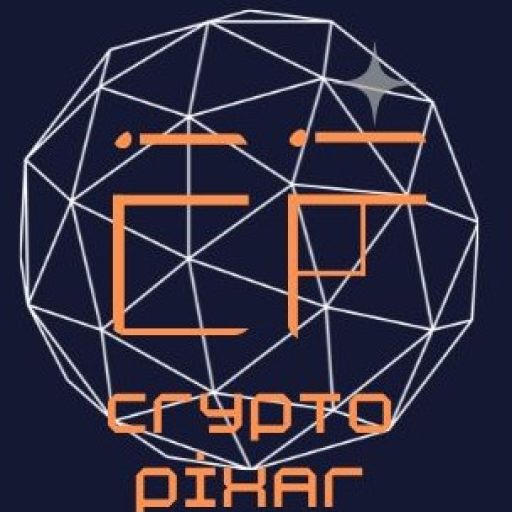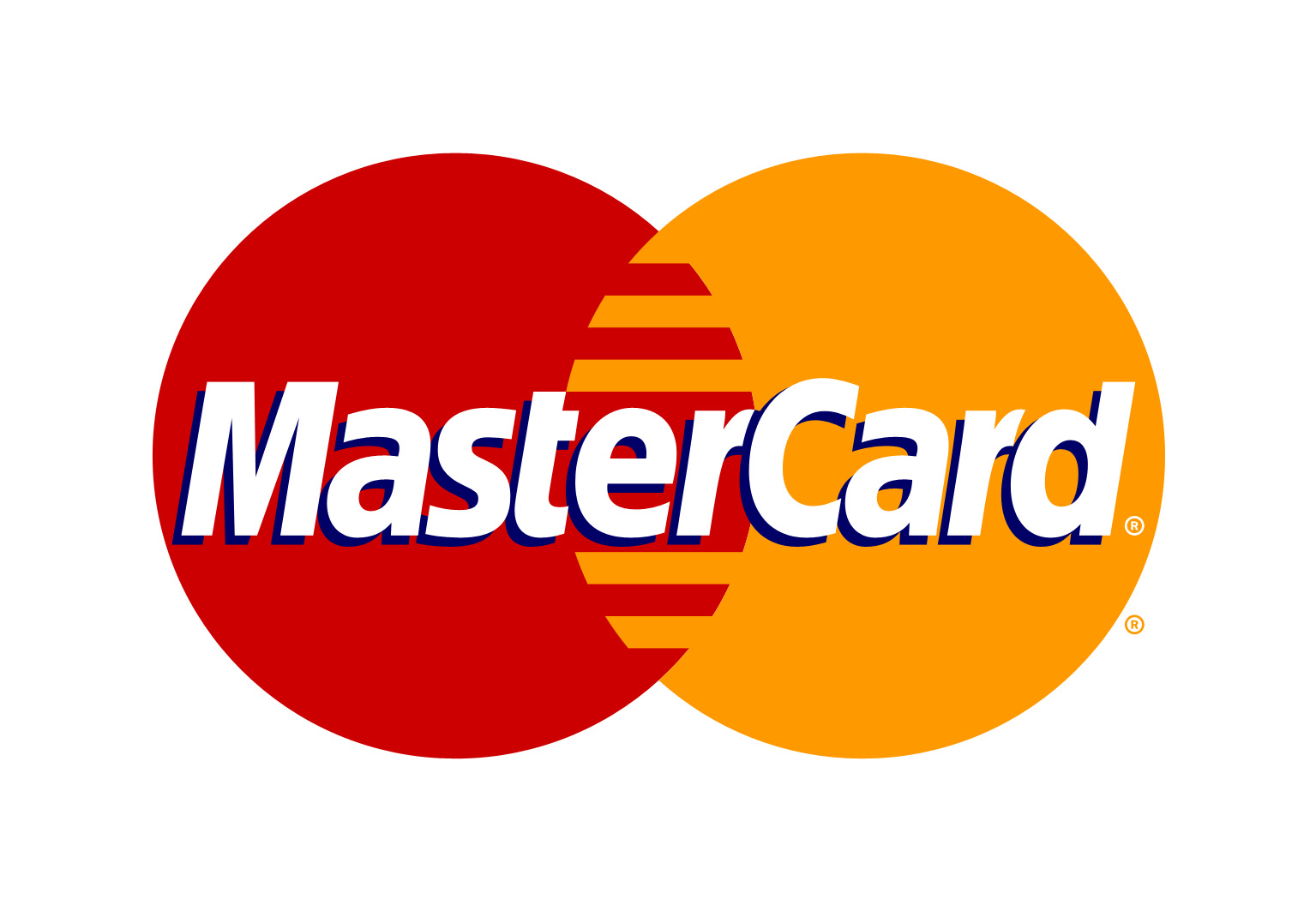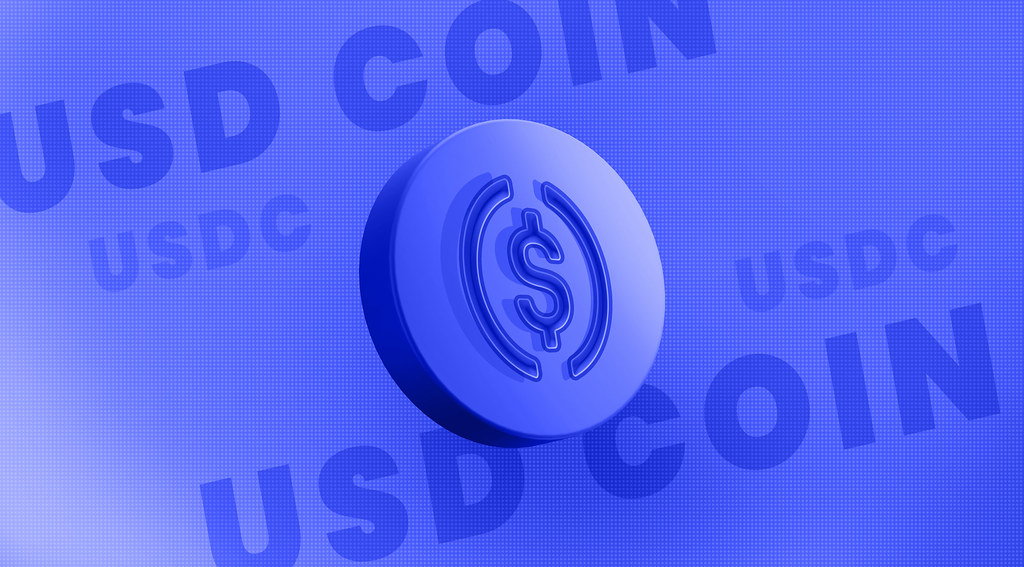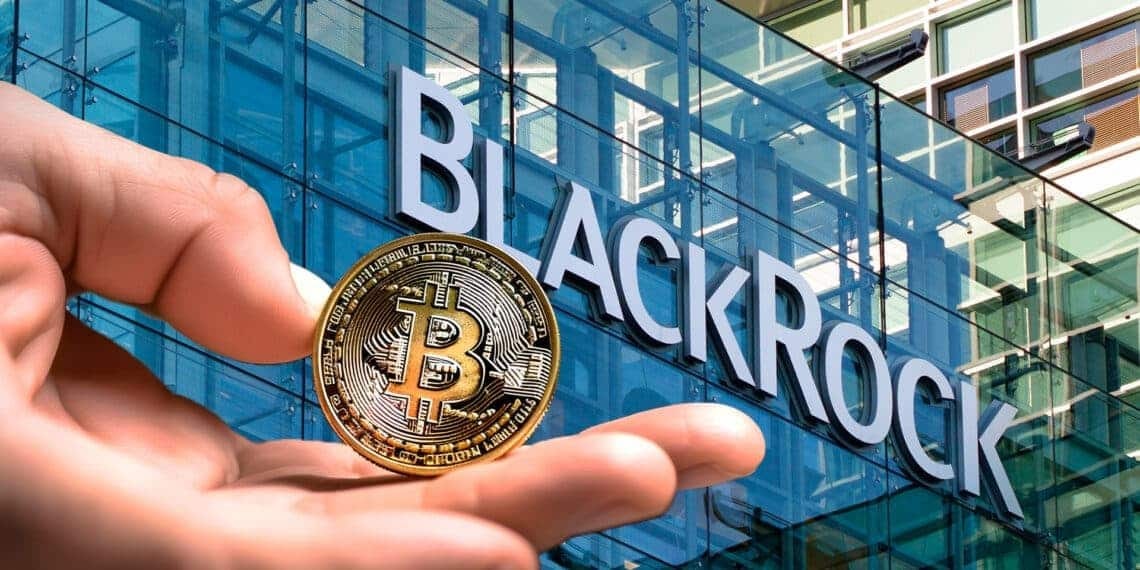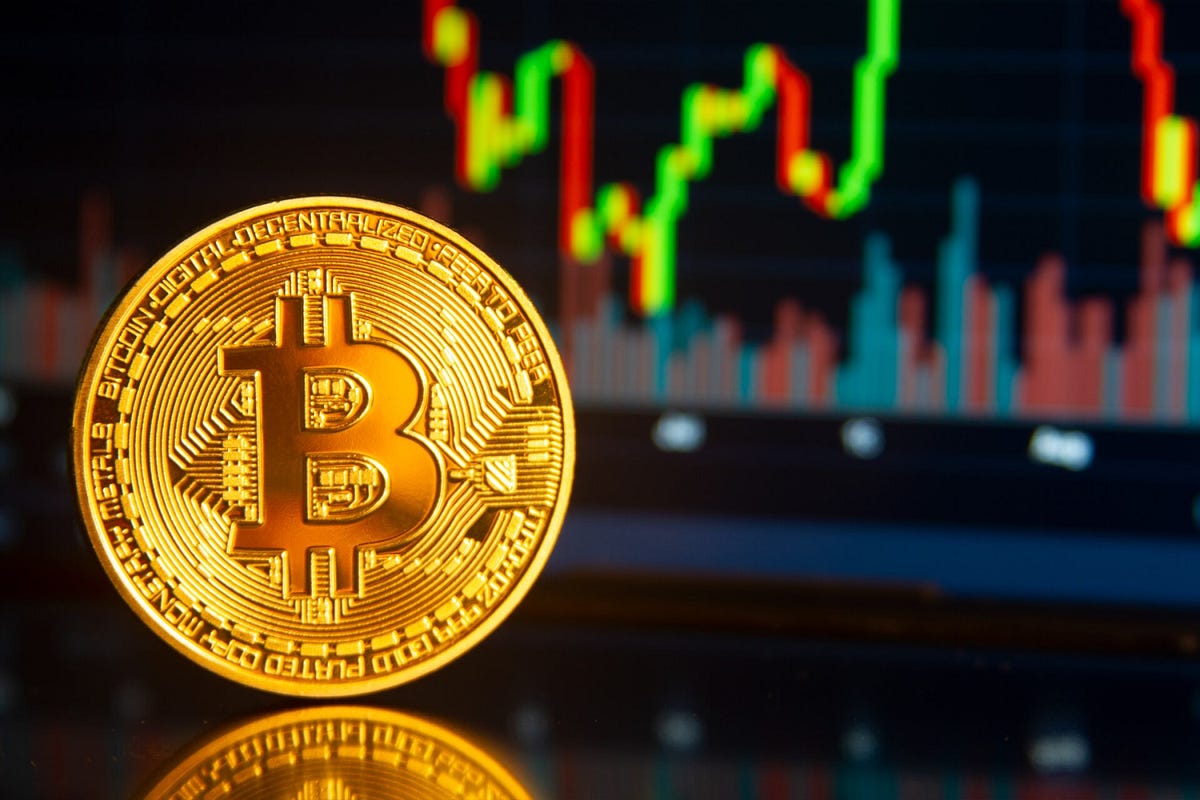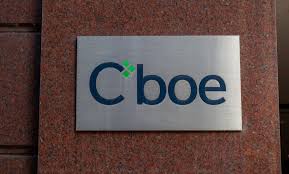Meta Description: DBS, Franklin Templeton, and Ripple unveil a tokenized lending ecosystem on the XRP Ledger. The initiative leverages stablecoins and tokenized money market funds to meet growing institutional demand.
The Rise of Tokenized Finance
The global march toward tokenization just accelerated. DBS, Franklin Templeton, and Ripple have inked a memorandum of understanding (MOU) to launch a cutting-edge tokenized trading and lending platform. Built on the XRP Ledger, the initiative combines the stability of tokenized money market funds with the efficiency of stablecoins—directly targeting the institutional crowd that has been clamoring for regulated onchain products.
This partnership arrives at a critical moment. Surveys show that nearly nine out of ten institutional investors expect to hold digital assets by 2025. With traditional markets growing more volatile and liquidity management becoming increasingly complex, the appetite for tokenized solutions has never been stronger.
Inside the Partnership: Stable Yields Meet Instant Liquidity
At the heart of the collaboration is sgBENJI, a tokenized version of Franklin Templeton’s U.S. Dollar Short-Term Money Market Fund. Listed on DBS Digital Exchange (DDEx), sgBENJI will trade seamlessly against Ripple’s stablecoin, Ripple USD (RLUSD).
For institutional players, this pairing offers a powerful toolset:
Portfolio agility – move between yield-generating funds and stablecoins instantly.
24/7 access – no waiting for traditional clearing windows.
Risk hedging – rebalance in real time during turbulent markets.
The result? A pathway for asset managers, funds, and corporations to capture yield without sacrificing liquidity—arguably the holy grail of modern treasury management.
Tokenized Assets as Collateral: DBS Breaks New Ground
DBS isn’t stopping at trading. In the project’s next phase, the bank plans to accept tokenized funds as collateral for credit. Investors holding sgBENJI will be able to unlock liquidity either through repo agreements directly with DBS or via third-party lending platforms—with DBS acting as the collateral agent.
This is a significant development because it pushes tokenized money market funds beyond being just a digital investment product. They become functional financial primitives, paving the way for more capital-efficient borrowing, lending, and cross-border settlement mechanisms.
Why the XRP Ledger?
Franklin Templeton will issue sgBENJI on the XRP Ledger, a blockchain selected for its low fees, near-instant settlement, and proven scalability. For Ripple, this is more than just a technical showcase—it’s a demonstration of how enterprise-grade tokenization can be deployed at scale within a regulated framework.
Nigel Khakoo of Ripple framed the partnership as a “game-changer,” highlighting that institutions can now shift between stablecoins and tokenized funds within a single, trusted ecosystem. The emphasis here is on real-world utility, not speculative hype—something large investors are increasingly demanding.
The Bigger Picture: Tokenized Settlements Go Global
This isn’t happening in isolation. Across Asia and beyond, financial giants are racing to deploy blockchain-based settlement systems. Just last month, SBI Shinsei Bank, Partior, and DeCurret DCP teamed up to explore multicurrency tokenized deposits for real-time cross-border clearing.
These parallel efforts point to a bigger trend: tokenized assets are no longer pilot projects; they are rapidly becoming infrastructure for global capital markets.
Institutional Crypto’s Next Frontier
The DBS-Franklin Templeton-Ripple alliance underlines a seismic shift in how financial products are structured and delivered. Tokenized lending transforms traditional finance’s most conservative tools—money market funds and repo agreements—into programmable assets that operate in a borderless, always-on economy.
For institutional investors, the message is clear: regulated, yield-bearing, and liquid digital products are no longer futuristic concepts—they’re already here.
Disclaimer: Parts of this article were generated with the assistance from AI tools and reviewed by our editorial team to ensure accuracy and adherence to our standards.
